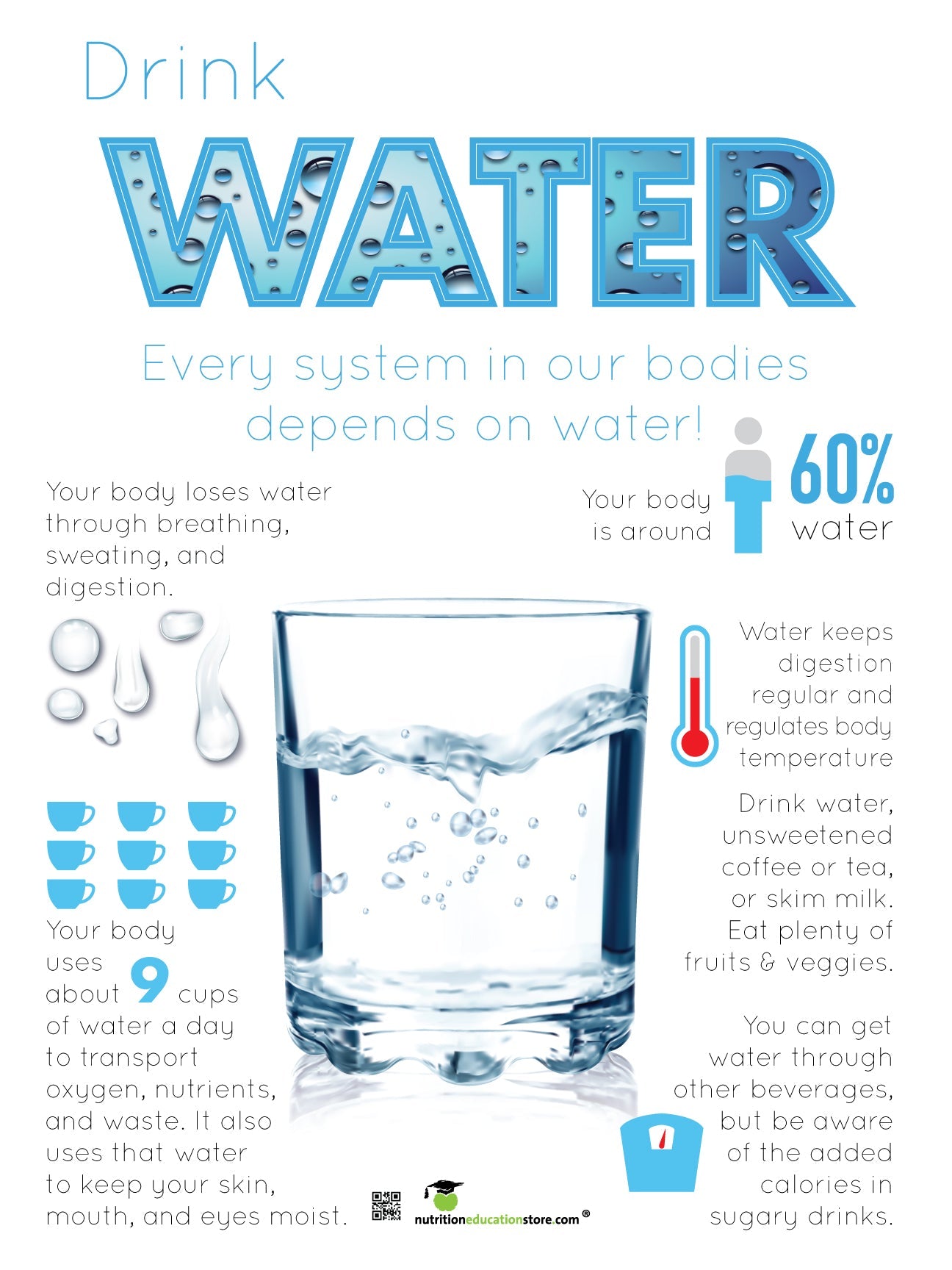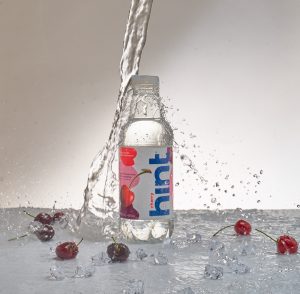The Scientific Report of the 2020 Dietary Guidelines Advisory Committee was released last week. Among the recommendations is to limit intake of added sugars to 6% of daily calories. This is a decrease from the 10% recommended in the 2015 Dietary Guidelines for Americans.
Considering that an estimated 63 percent of Americans aren’t meeting the 10% goal, we have our work cut out for us! Sugar sweetened beverages are a good place to start.
The Scientific Report says that about 1/3 to 1/2 of the added sugars we consume comes from sugary drinks. Here’s a look at the percent of added sugar intake from beverages (not including milk or 100% fruits juice) for different population groups:
- Young children: 32 percent
- Adolescents: 49 percent
- Adults (age 20-64): 58 percent
- Pregnant women: 48 percent
- Lactating women: 31 percent
- Older adults (age 65+): 35 percent
We have lots of materials to help you teach about added sugars, sugary drinks, and better beverage choices, including:
- Are You Drinking Candy materials — to show just how much sugar is in common drinks like soda, sweet tea, and sports drinks.
- Sugar Math PowerPoint show — to teach clients and students how to get from “10% or 6% of daily calories” to the grams of sugar shown on the Nutrition Facts panel.
- Food Label materials — to find grams of added sugar on the Nutrition Facts panel and make sense of the % Daily Value.
Here are five points to share about cutting down on sugar sweetened beverages:
- Break down the 6% recommendation so folks can understand it. Using a 2000 calorie diet as an example, you’re looking at 30 grams of added sugar, which is equal to 7.5 teaspoons of sugar.
- Show them where to find added sugars on the food label. The number is given in grams and % Daily Value.
- Identify their sugary beverage of choice. The Advisory Committee found that these drinks provide the most added sugar to our diet: soft drinks, fruit drinks, sports and energy drinks, smoothies, coffee and tea with added sugar.
- Keep track of the sugary beverages you’re drinking, then make a plan to cut the number of ounces down gradually. Alternatively, some people might just want to make a clean break all at once.
- Brainstorm low- or no-sugar options to replace their favorite sugary drink.
Remember, the 6% added sugar recommendation is in the recently released Scientific Report, which was submitted to the U.S. Department of Agriculture and the U.S. Department of Health and Human Services last week. Now these two agencies will come up with the Dietary Guidelines for Americans — the recommendations on what the average American should eat and drink to promote health and prevent chronic disease.
We’ll see if the 6% added sugar limit makes it into the 2020 Dietary Guidelines that will be published by the end of the year.








